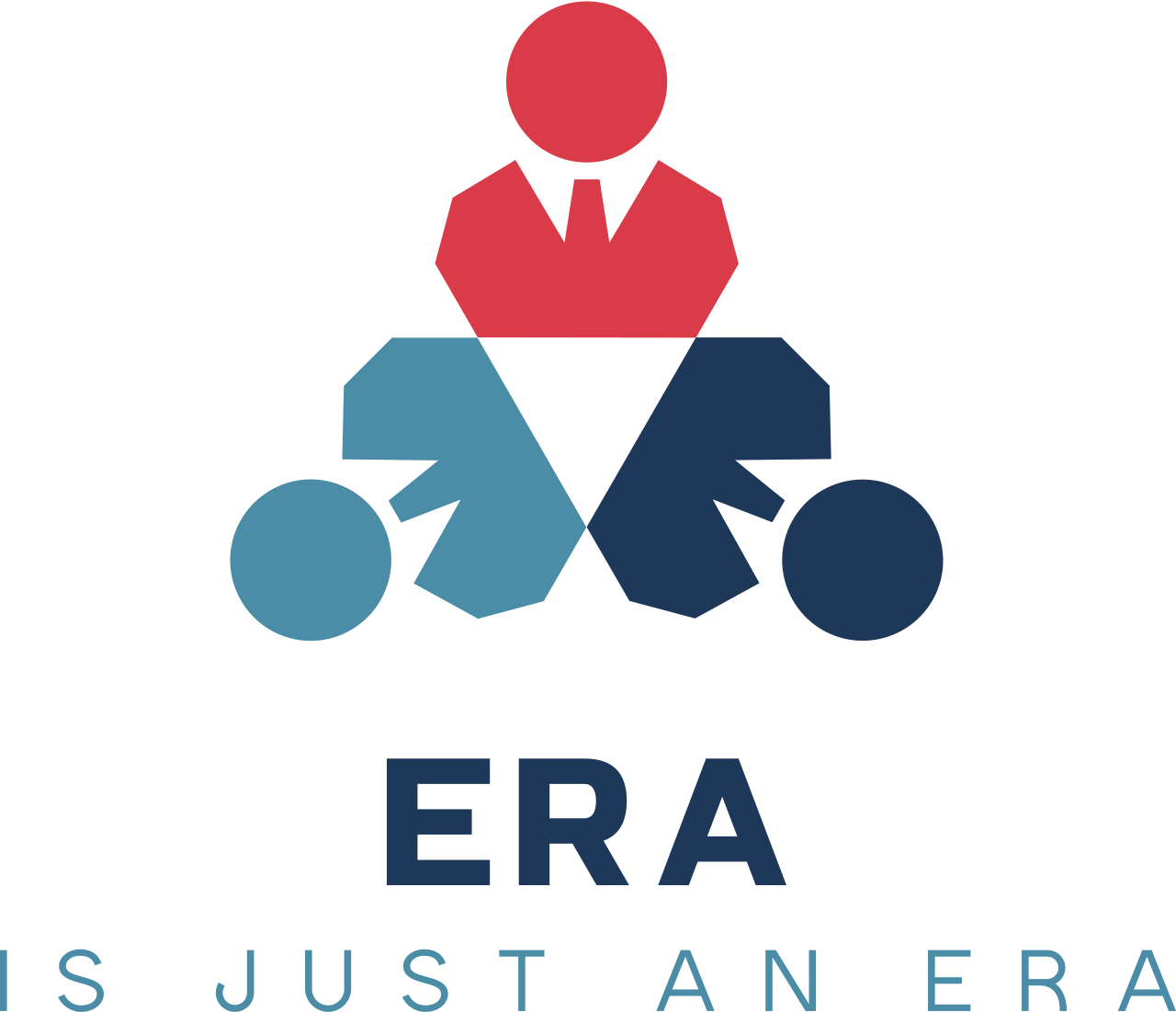Innovative Solutions Shaping Remote Work and Urban Dynamics
W jaki sposób dynamiczne zmiany na polskim rynku — rosnąca inflacja i wyższe ceny mieszkań — oraz rosnący trend pracy zdalnej wpływają na decyzje inwestorów kupujących nieruchomości w Hiszpanii w 2025 roku, szczególnie w regionach takich jak Costa Blanca In recent times, the evolution of remote work stands out as a significant breakthrough that has reshaped traditional work environments. Driven largely by necessity during the global health crisis, companies and employees were forced to adopt remote models, rapidly embracing digital tools and flexible practices. This shift unveiled innovative strategies that not only ensured business continuity but also redefined what it means to “go to work.” Employees experienced immediate benefits such as time saved on commuting and a safer work environment, all while facing new challenges that demanded fresh solutions and adaptable frameworks.The post-pandemic world is now at a critical juncture. What was once considered a temporary measure has evolved into a mainstream work model, pushing organizations to develop refined tools and best practices. This need for innovation is evident as remote work transitions from a convenience to an essential component of modern employment, further intensifying the pressure on companies and workers alike to find equilibrium. Innovative measures are required to mitigate emerging stressors, enable accurate task management through novel digital platforms, and provide employees with the right mix of autonomy and support.Parallel to the transformation in work environments, shifts in urban dynamics and construction practices are emerging. Innovators are closely examining how architectural and real estate sectors can adapt to changing consumer behaviors and commercial requirements. Advanced economic models and competitive frameworks are being used to reimagine spaces, merging residential comfort with commercial utility in a rapidly evolving market.This intersection of remote work innovation and urban evolution highlights an exciting trajectory for the future. As ongoing research and data analysis provide deeper insights, the focus remains on developing integrated, sustainable solutions that cater to both human-centric work environments and the physical spaces that support them. The challenge and opportunity lie in reconciling divergent interests and paving the way for a resilient, flexible future.
